PRODUCTS
CONTACT US
Ningbo Nide International Co., Ltd.
一一
· Contact person:Jack Zeng
· Mob/Whatspp/WeChat:0086-13738869026
· Email:emarketing@nide-group.com;marketing4@nide-group.com
· Add:No. 169, Wohushan Road, Daqi Subdistrict, Beilun District, Ningbo, China
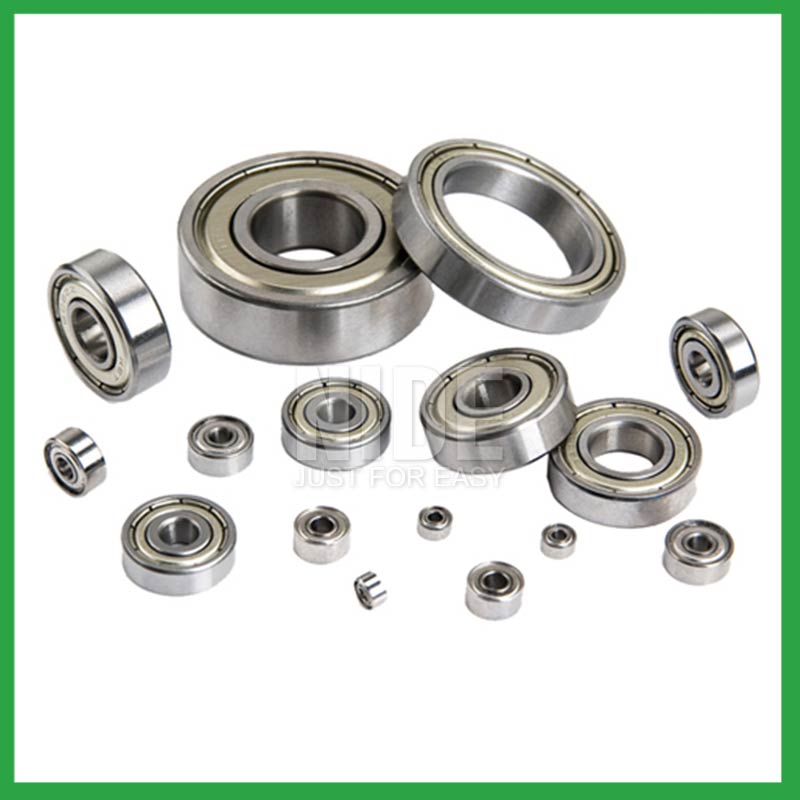
Nide team could manufacture ball bearing as per customer’s drawing and samples.
If customer only has samples, we could also design drawing fo r our customer.
We also provide customized service.
Our ball bearing is widely applied the different industrials.
Established in 2010, Ningbo Haishu Nide International Co., Ltd is a modern enterprise specializing in the production of high-density bearings, with a factory area of over 9000 square meters. We have an excellent staff team, excellent production lines, and complete testing methods. Our main products are spherical roller bearings, cylindrical roller bearings, insulation paper,magnet,thermal protector,commutator,ball bearing,fan, etc.
At present, our products have been sold to Oceania,Asia,Europe and other regions, as well as more than 50 countries and regions such as Bolivia,Suriname,Indonesia,Isle of Man. Strict quality control system, plus strong technical team allow us to offer the reliable machines to our customers. The philosophy of ” Service, Profession, Prompt, Innovation” help us to win the customer favor.
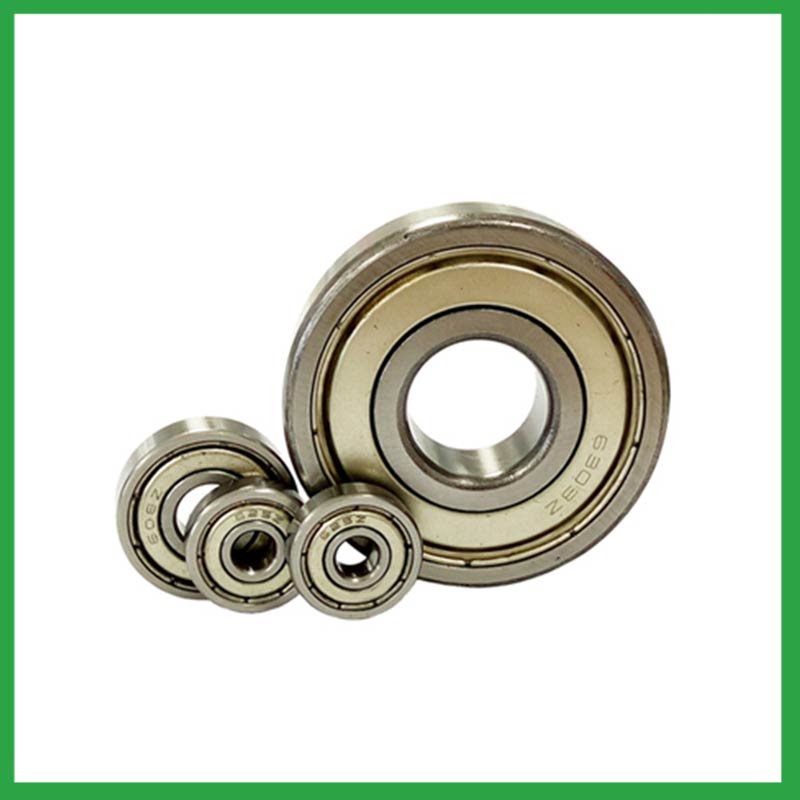
| Parameter | Information |
| Product Name | ball bearing miniature |
| Place of Origin | Ningbo,Zhejiang |
| Brand Name | Nide |
| Material | stainless steel, etc. |
| Type | Ball |
| Warranty | 3months-1year |
| Port | Ningbo/Shanghai |
| Application | food processing machinery,aviation engines, etc. |
| Size(mm) | customize |
| Color | Silver gray+customized |
| Precision Rating | as per customer's requirement |
| Certification | ISO 9001 Certification,CE-stator coil forming machine,CE-stator coil lacing machine,etc |
| Feature | Strong carrying capacity,High precision...etc |
| Packaging Details | Suitable for sea transportation |
| Service | one-stop service |
| Model Number | ball bearing |
| Supply Ability | 100000-500000 Piece/Pieces per Month |
| Lead time (days) | 15-20 (To be negotiated) |
Please note: The above table data is for reference only. For specific information, please contact us.
ball bearing miniature require thrust for installation, which can be achieved by using a combination ring made of steel sleeve and transmission rubber, or by using an adjustment plate to tighten the bolt to form a combination ring installation structure.
During the disassembly process, the outer shell should be kept intact to avoid unnecessary damage;
When replacing installation components, attention should be paid to the accuracy of the support components to prevent deformation;
During the disassembly process, attention should be paid to protecting the surface quality of the ball bearing to ensure its performance;
During the operation, attention should be paid to removing surface dust to ensure the quality of the ball bearing.
Ball bearings have many advantages, making them highly competitive in the market.
Firstly, they are very durable and have good wear performance, making their service life longer than many other types of bearings.
Secondly, they are easy to install and can provide low friction performance in various applications.
Thirdly, they require a relatively low level of maintenance, making them cost-effective.
In addition, compared to many other types of bearings, their purchase cost is relatively low, making them an economical choice.
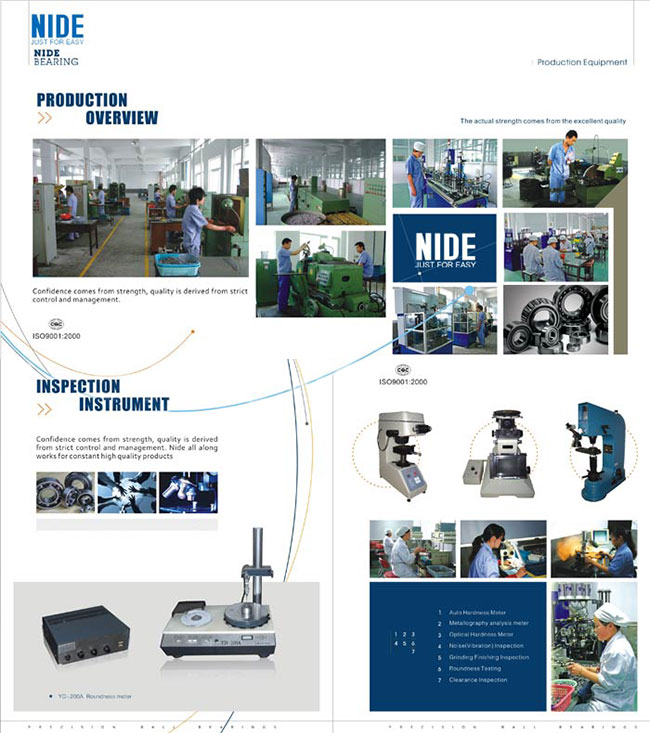
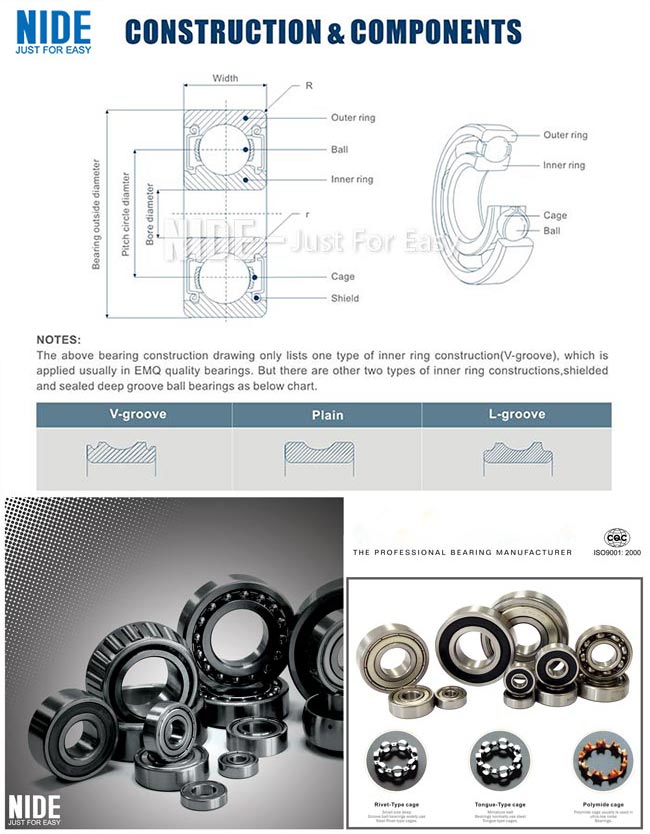
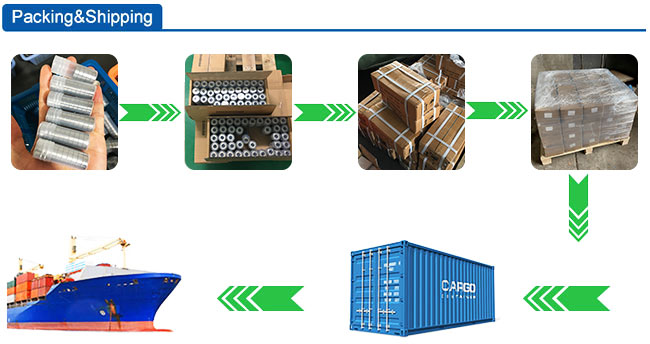
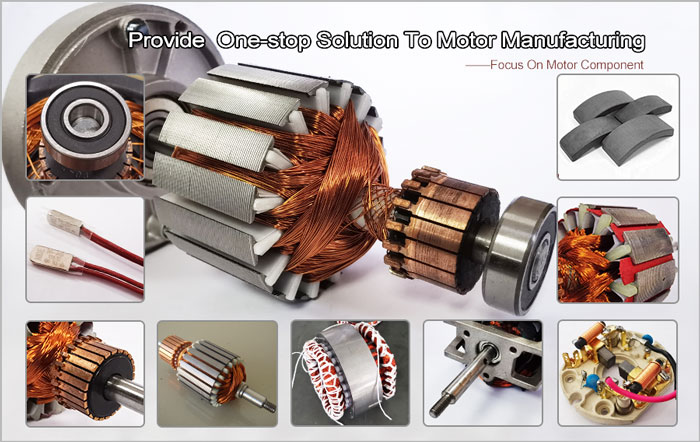
ball bearing miniature---FAQs Guide
2.What is the significance of ball bearing miniature lubrication, and how does it affect bearing lifespan and performance?
3.As a ball bearing miniature manufacturer,Your product certifications?
4.Are there specific ball bearing miniature designed for applications in the aerospace and aviation industries, and what standards do they adhere to?
5.What are the advancements and innovations in ball bearing miniature technology that have emerged in recent years?
6.Are there self-aligning ball bearing miniature that accommodate misalignment and shaft deflection in rotating equipment?
7.Are there miniature ball bearing miniature designed for use in precision instruments and small-scale mechanisms?
8.Can ball bearing miniature operate in high-speed applications, and what design features make them suitable for such conditions?
9.How do ball bearing miniature contribute to the overall efficiency and energy savings in industrial machinery and transportation systems?
10.Can ball bearing miniature handle shock loads and high-impact conditions in heavy machinery?
11.What is the role of ball bearing miniature in reducing friction and wear in automotive applications, such as wheel hubs and transmissions?
12.What maintenance practices are recommended to extend the lifespan of ball bearing miniature and prevent premature failure?
13.How do manufacturers address concerns related to bearing noise and vibration in sensitive equipment?
14.What are the considerations for selecting sealed or shielded ball bearing miniature to protect against contamination and retain lubrication?
15.How do cage designs affect ball bearing miniature speed and acceleration capabilities in high-speed machinery?
16.What is a ball bearing?
1.As a ball bearing miniature manufacturer,How Can We Guarantee Quality?
Always a Pre-production Sample Before Mass Production;Always Final Inspection Before Shipment.
2.What is the significance of ball bearing miniature lubrication, and how does it affect bearing lifespan and performance?
Bearing lubrication is vital for preserving the performance and lifespan of rolling element bearings. Lubrication helps separate moving parts relative to one another, such as rollers and raceways or balls, to prevent wear and tear and friction.
3.As a ball bearing miniature manufacturer,Your product certifications?
ISO9001:2015 certificate,ISO 9001 Certification,CE-stator,etc.
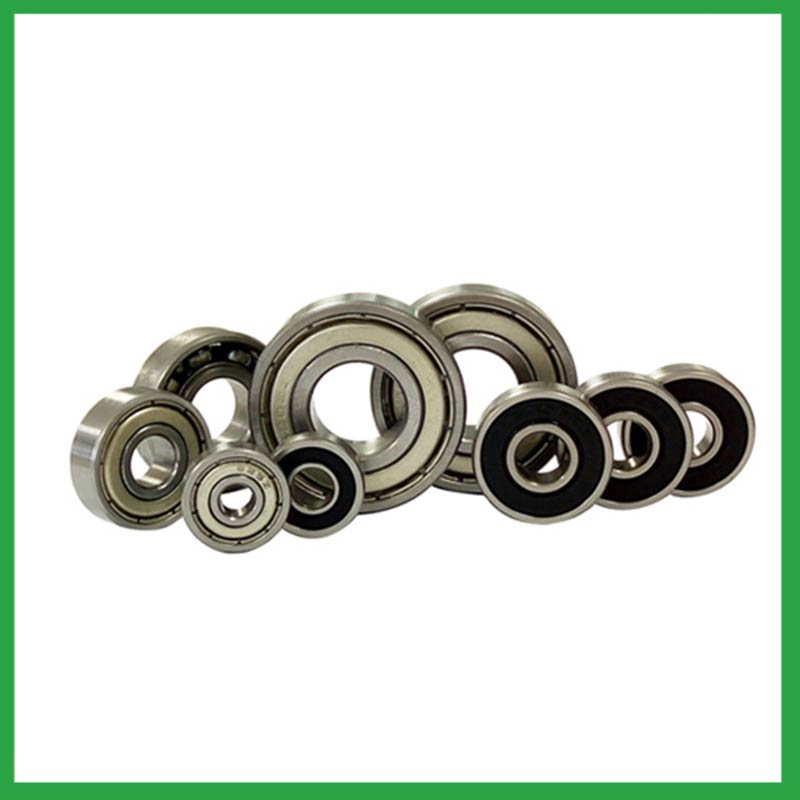
4.Are there specific ball bearing miniature designed for applications in the aerospace and aviation industries, and what standards do they adhere to?
Airframe control ball bearing miniature are specialized bearings tailored for aircraft structures, particularly control systems and surfaces. Designed for low-speed oscillatory applications, they offer precision and support, effectively managing misalignments and flight-induced stresses.
Airframe Control bearings are lightweight, corrosion-resistant, grease-lubricated, and are sealed on most occasions. They come in precision grades for running accuracy.
5.What are the advancements and innovations in ball bearing miniature technology that have emerged in recent years?
Significant advancements have been made in ball bearing miniature steels over the years. Modern, ultra-clean bearing steels contain fewer and smaller non-metallic particles, giving ball bearings greater resistance to contact fatigue.
6.Are there self-aligning ball bearing miniature that accommodate misalignment and shaft deflection in rotating equipment?
These ball bearing miniature are particularly suitable for applications where misalignment can arise from errors in mounting or shaft deflection. A variety of designs are available with cylindrical and taper bores, with seals and adapter sleeves and extended inner rings.
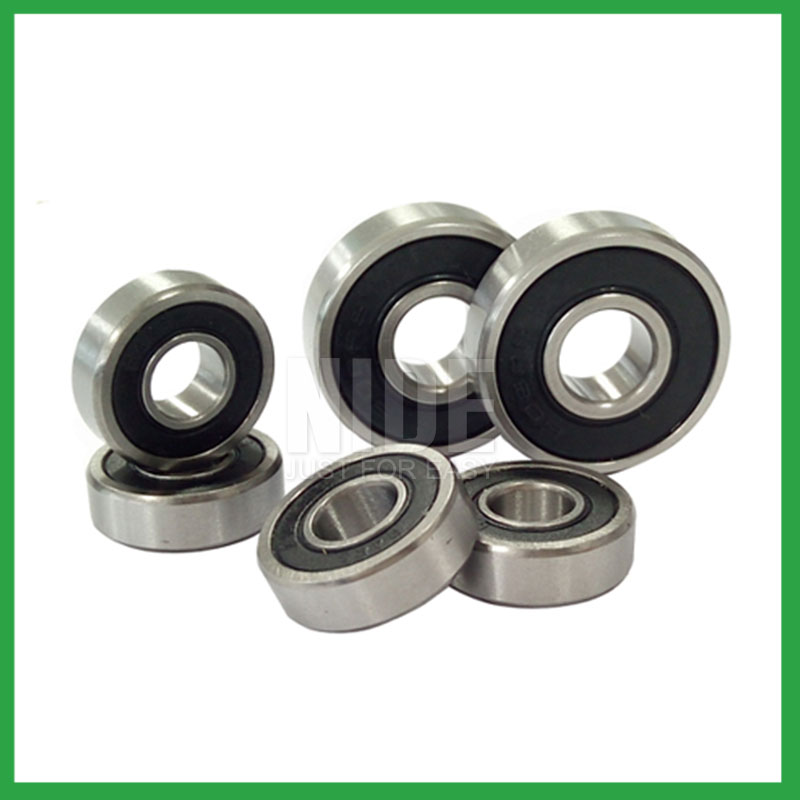
7.Are there miniature ball bearing miniature designed for use in precision instruments and small-scale mechanisms?
Miniature bearings, despite their small size, play a significant role in various industries and applications. These compact powerhouses, typically measuring less than one inch in outer diameter, offer exceptional precision, durability, and reliability. Miniature bearings find extensive use in precision instruments and robotics.
8.Can ball bearing miniature operate in high-speed applications, and what design features make them suitable for such conditions?
They have very low rolling friction and are optimized for low noise and low vibration. This makes them ideal for high-speed applications. ball bearing miniature are comparatively easy to install and require minimal maintenance.
9.How do ball bearing miniature contribute to the overall efficiency and energy savings in industrial machinery and transportation systems?
The balls roll along the raceway, allowing for smooth rotation of the machinery or equipment. Ball bearings are used to support rotating, reduce friction and support radial and axial loads in high-load, high-speed applications where reliability and efficiency are critical.

10.Can ball bearing miniature handle shock loads and high-impact conditions in heavy machinery?
As a general rule, ball bearing miniature are used at higher speeds and lighter loads than are roller bearings. Roller bearings perform better under shock and impact loading. Ball bearings tolerate misalignment better than roller bearings do. Roller bearings can handle heavy combined radial and thrust loads.
11.What is the role of ball bearing miniature in reducing friction and wear in automotive applications, such as wheel hubs and transmissions?
When a load is applied to a ball bearing, the ball bearing miniature roll freely between the inner and outer rings. This rolling action significantly reduces friction compared to sliding contact, resulting in smoother rotation and reduced wear.
12.What maintenance practices are recommended to extend the lifespan of ball bearing miniature and prevent premature failure?
Proper handling and installation of ball bearing miniature is essential to preventing premature failure. Ensure that bearings are stored and transported in a clean, dry, and vibration-free environment. During installation, ensure that bearings are properly aligned, and torque is applied correctly.
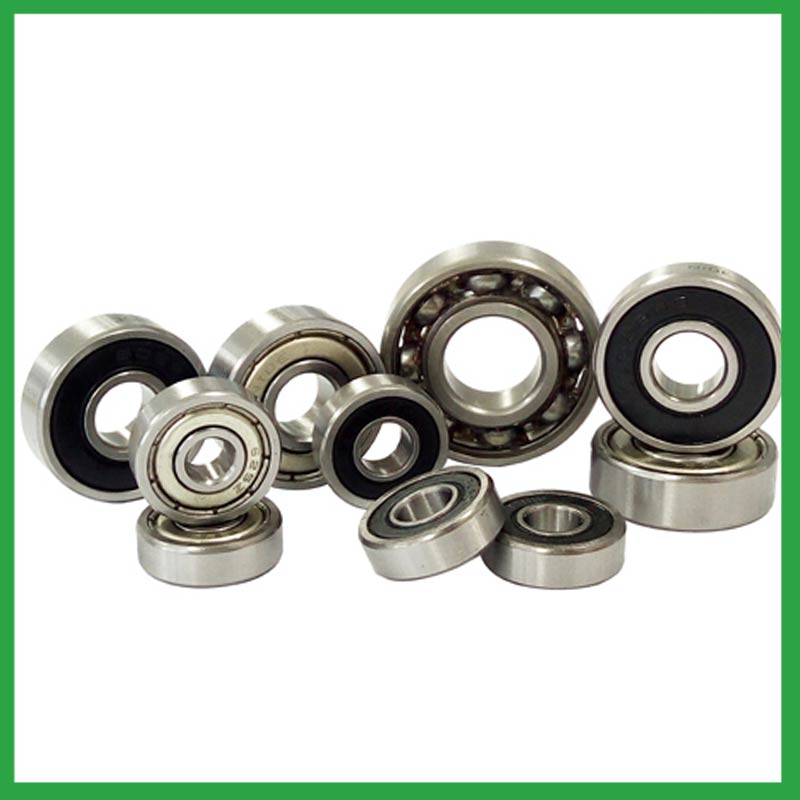
13.How do manufacturers address concerns related to bearing noise and vibration in sensitive equipment?
From a ball bearing miniature manufacturing perspective, a low noise or vibration rating is achieved by paying attention to the surface finish of the raceways and balls, their roundness, and selecting the correct cage design. Finely filtered low noise greases can also be used to reduce vibrations.
14.What are the considerations for selecting sealed or shielded ball bearing miniature to protect against contamination and retain lubrication?
First, the environment in which your ball bearing miniature operate in can help you identify potential contaminants, allowing you to select your shields or seals accordingly. For example, shielded bearings have a gap that can allow finer contaminants or water from washdown applications to enter the bearing and get into the raceways.The challenge for sealing bearings is to seal the bearing by protecting the bearing from contaminants and running efficiencies.
15.How do cage designs affect ball bearing miniature speed and acceleration capabilities in high-speed machinery?
In high-speed ball bearing miniature, external load has a great effect on cage stability and sliding ratio, especially for the bearings at work in the starting process. The cage stability is worse in the beginning of the bearing starting process. The axial load greatly influences cage dynamic performance in the bearing starting process.
In addition, while ball bearings worked under steady conditions, axial load and radial load both have a great influence on cage dynamic performance. The effects of axial load on cage dynamic performance during the bearing starting process are opposite from the effects under steady conditions.
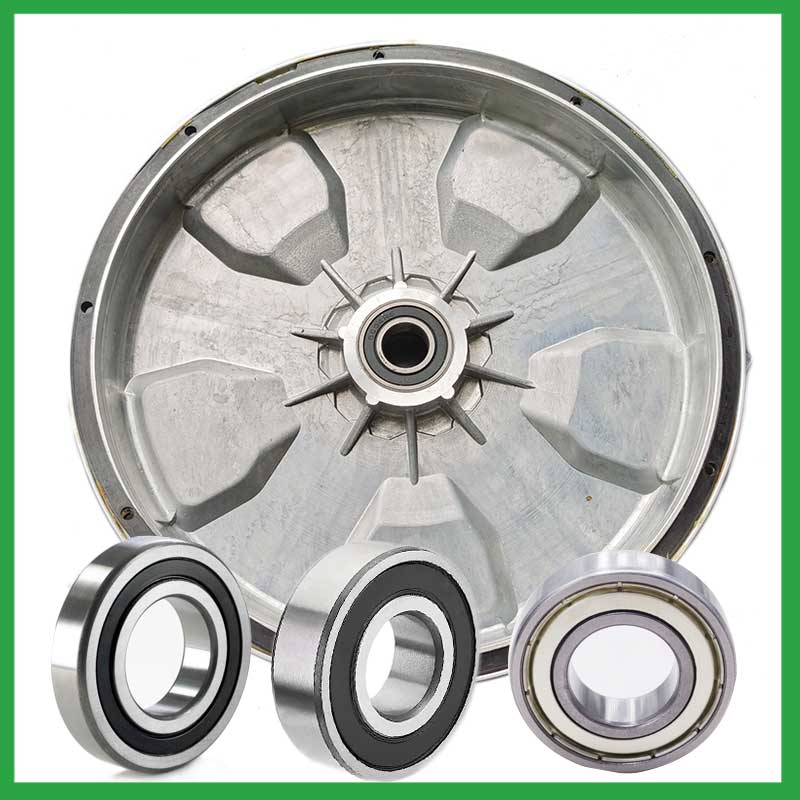
16.What is a ball bearing?
A ball bearing is a type of rolling-element bearing that uses balls to maintain the separation between the bearing races.
The purpose of a ball bearing is to reduce rotational friction and support radial and axial loads. It achieves this by using at least two races to contain the balls and transmit the loads through the balls. In most applications, one race is stationary and the other is attached to the rotating assembly (e.g., a hub or shaft). As one of the bearing races rotates it causes the balls to rotate as well. Because the balls are rolling they have a much lower coefficient of friction than if two flat surfaces were sliding against each other.
Ball bearings tend to have lower load capacity for their size than other kinds of rolling-element bearings due to the smaller contact area between the balls and races. However, they can tolerate some misalignment of the inner and outer races.

